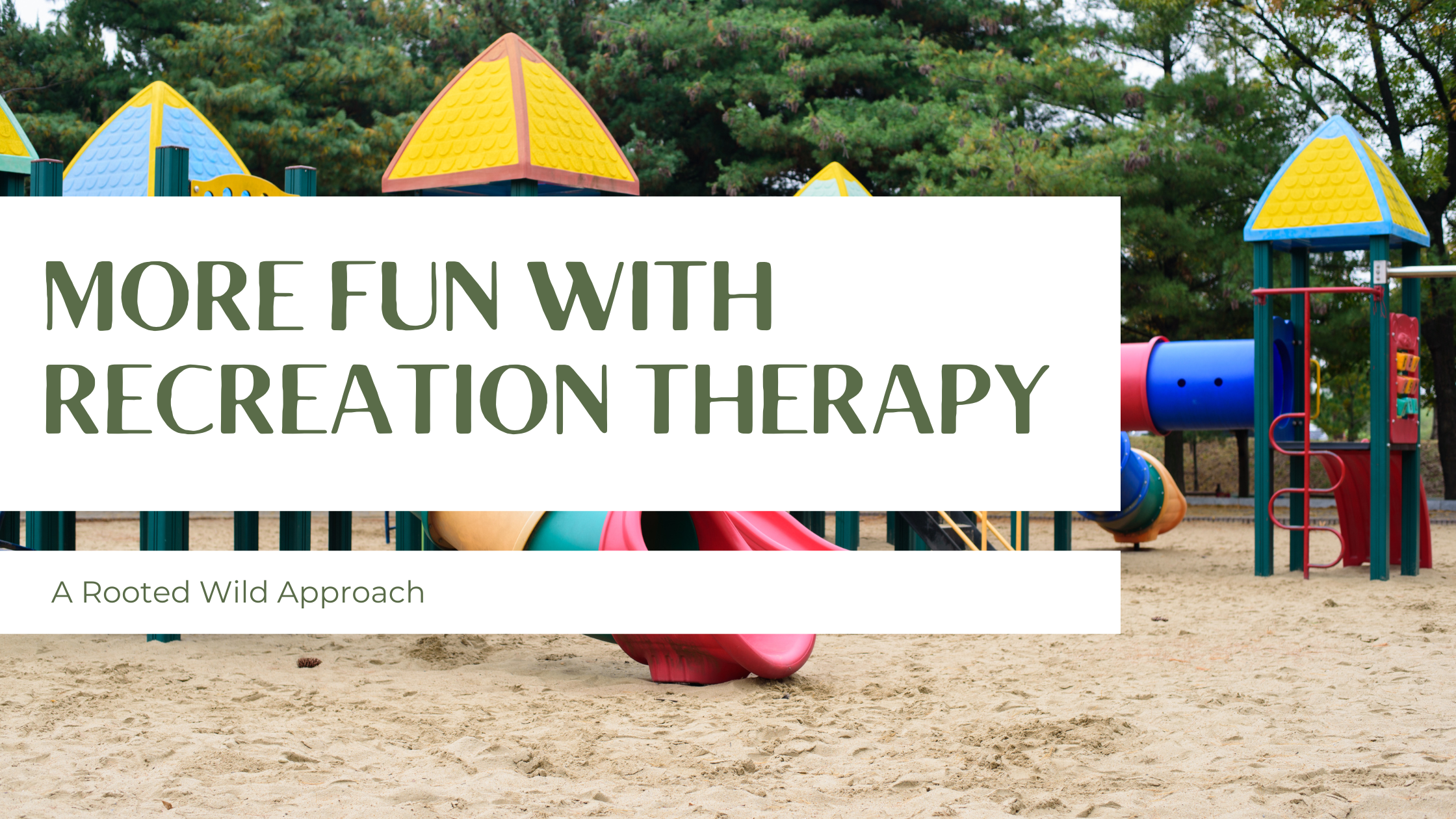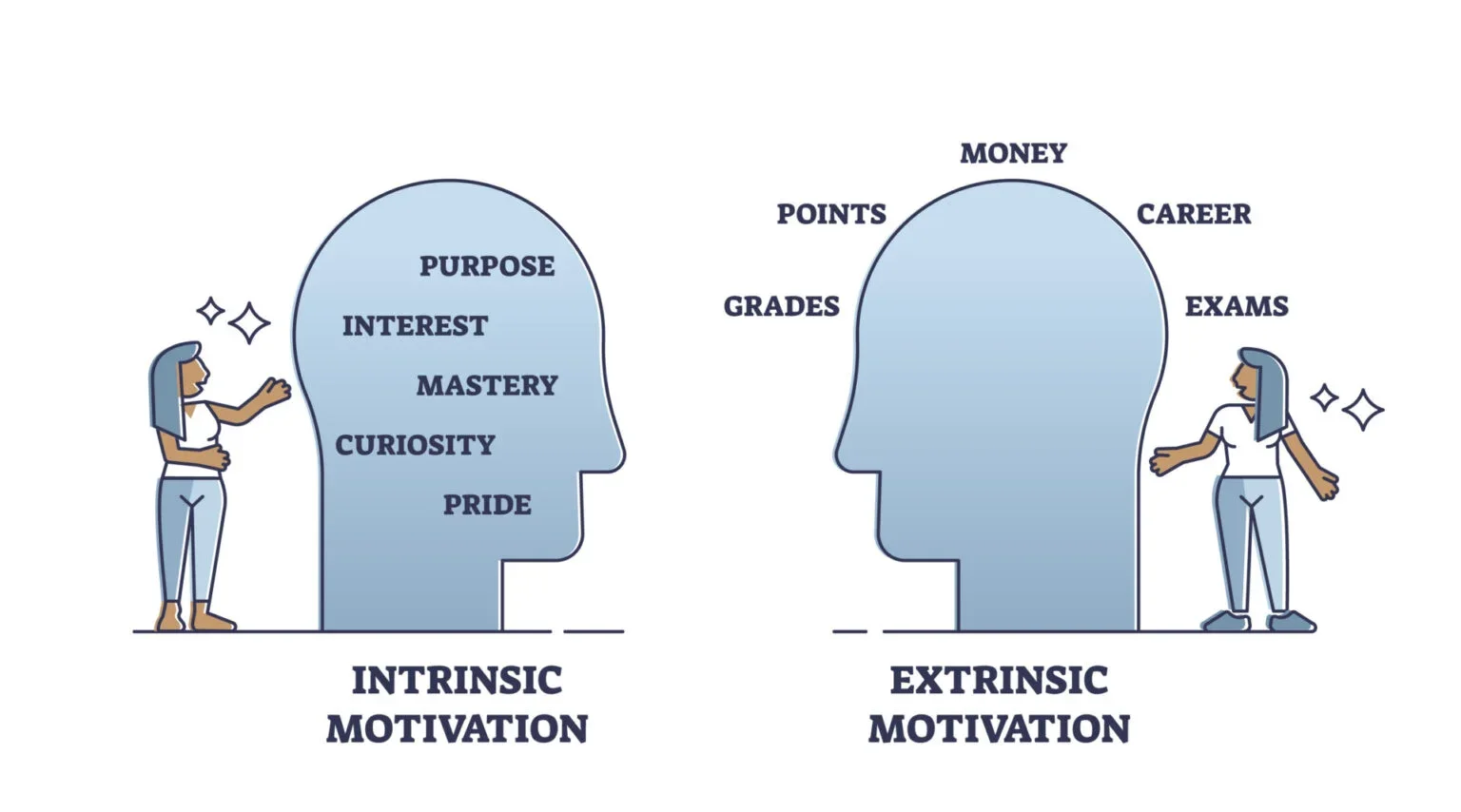More Fun with Recreation Therapy
Welcome back, friends! I take it if you have come all this way, the leisure bug has struck a chord with you, and for that, I don’t blame you. Hopefully, you were able to catch the first episode of The Rooted Wild Podcast to learn more about what Recreation Therapy is.
When I first learned about therapeutic recreation and that there are bucket loads of scientific evidence supporting the benefits of using your free time actually to do something novel or more hands-on than just scrolling or bed-rotting, let’s say I was hooked. Now I won’t bore you with all the leisure theory, historical access, and approaches to leisure that have shaped how we live our lives today, but I will share a brief background on motivation and some extra resources to help you engage more meaningfully.
As someone who likes to be working on something constantly, whether that is folding origami to keep my hands busy, reading, going for nature walks, or playing with my dog, being able to pick apart the benefits of each activity made me that much more willing to engage. So this brings us to a natural starting point: motivation, what motivates you to choose anything? While Self-Determination Theory is heavily cited in many research works, one of the most basic motivational principles we should first explore is Intrinsic vs Extrinsic Motivation. Intrinsic, prefix in- like inside, comes from within, is anything you are independently drawn to [frequently addressed in student-led learning]. Just as exoskeletons are outside the body, extrinsic motivation comes from outside sources, like your boss or teacher telling you something needs to be done.
“Extrinsic vs. intrinsic motivation refers to the two main sources of human drive: intrinsic motivation comes from internal satisfaction and the joy of the activity itself, while extrinsic motivation is an external push, driven by the desire to earn a reward or avoid a punishment.” Quote from Simply Psychology, click image to be redirected to the article.
I follow a client-led learning approach with my individual clients, following an initial assessment, which is standard practice in recreation therapy, to better understand baseline needs and goals for treatment. This leads me to my favorite question: What are your favorite leisure outlets or coping skills?
Having a diverse “leisure resume” or list of things you enjoy doing can increase life satisfaction ratings, self-esteem, self-confidence, positive self-image, and develop transferable skills that help in other areas of your life. As with most anything, practice builds ability, but it’s essential to do things for the sake of doing them, not just to be the best. There is a tragic disconnection of people creating less out of fear of embarrassment. One of my favorite ideologies I was introduced to a couple of years ago was, ”No one ever died of embarrassment, and everyone is so locked in to their phones these days, now is the perfect time to try and risk embarrassment”.
So, this is your invitation to try to draw again, to sing loudly, even if it’s just in your car or shower, and to dance like no one is watching, especially before you leave the house each day. Allow yourself those human moments of expression to regulate and emote more healthily; silliness is healing. You may meet others who like the same things you do along the way.
Leisure Resources and Recommendations
In the previous blog post, I mentioned breaking down barriers to care, something that is equally relevant to leisure access. Though some leisure options, like horseback riding and golf, carry a daunting price tag that excludes many from engagement, there are many options available through community and virtual programs. Utilizing equipment resale shops through vendors like Goodwill and Play It Again Sports [not sponsored], your city may have additional resources not available in other areas.
Austin Creative ReUse Center is a non-profit organization that resells art supplies in Central Texas, helping reduce overall costs to try new mediums or expand skills in your preferred ones. The clearance section of your preferred craft store can also be a great place to find a new project. I recently did this with a macrame flower project [having never macramé’ d before, it was a little intimidating]. Still, between Pinterest, YouTube, and good ‘ole trial and error, I eventually finished! Garage and yard sales can also be great places to find home decor items to refinish.
Local Libraries and Community Centers often host free programs throughout the month. You can find out more by checking your City website or checking the activity calendars released by the Parks and Recreation Departments.
The National Center on Health, Physical Activity, and Disability is a nationwide nonprofit resource center that provides access to online groups and in-person resources to support wellness for all ages, especially those with mobility limitations.
Digital communities through Facebook Groups can be a great way to connect with others who enjoy tabletop gaming, hiking, or birdwatching (the list goes on).
Learning new skills or enhancing existing ones is easier than ever, thanks to YouTube, or as my dad will call it, YouTube University. Whether it is art techniques, bushcraft and survival skills, vehicle maintenance, music mixing, or more, its content is probably somewhere in the YouTube algorithm. I also want to note its advantages, including access to free meditations, guided imagery, and workout videos (keep in mind ads may disrupt your meditative flow, but also offer opportunities to practice your newfound mind-clearing skills).
Online Recreation Resources from the Department of the Interior, some of which include virtual tours and access to maps of public lands used for fishing, hiking, etc.
AllTrails is one of my favorite hiking tools for wayfinding, especially if park maps haven’t been updated to this year’s trail renovations. I especially like being able to tell how pet-friendly or accessible each park is. It does offer paid and free versions; the free one has worked fine for me for years.
iNaturalists for identifying any and all plants, bugs, animals, critters, and the like. If you are curious about backyard and travel biodiversity, this is a great place to connect more with the outside world. Identifications are not immediate, as researchers and fellow naturalists can make them.
As you digest this information and move forward in your day, I encourage you to reflect before scrolling on a streaming service for the next binge. What would make you feel more fulfilled today? What is encouraging you to engage in this pursuit? Is it personal curiosity, professional development, or even to bond with a loved one? Intentional engagement is one of the best ways to check your mood and energy to reflect on the impact your preferred leisure options have on these factors. Are your go-tos supporting your wellness journey or taking away from it? Remember to use your power of choice for good and give yourself the much-needed break you have been putting off. It is more than okay to have fun sometimes; in fact, it offers profound mental and physical health benefits, so let loose and play more, folks.
Stay wild!


